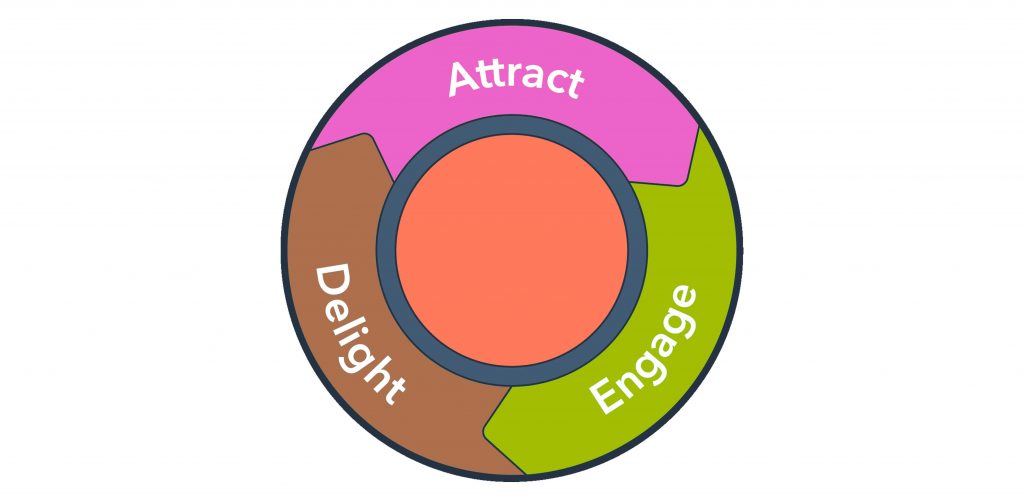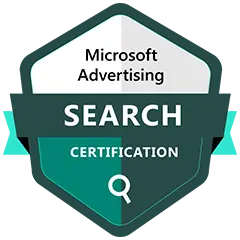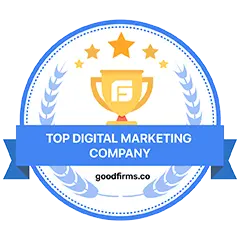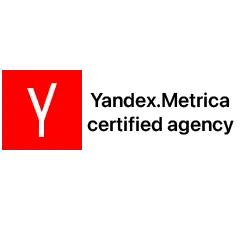With the growth of the internet, people are getting smarter for their purchases as they have everything on their tips to the lookout. People can now visit multiple online stores before buying a particular product. They look for the best deals and services that can add great value to their purchase.
A carefully-cultivated marketing plan is characterized by various strategies. The outbound and inbound marketing strategies work in tandem for their specific goals. While outbound marketing is to drop your product’s name in everyone’s ear, inbound marketing tactics target a specific group of people who are potential buyers of the product.
Inbound marketing is getting stronger at its roots with the current trend of people’s buying journey. Their expectations are not just about the discounts but the overall value attached to it. With an inbound marketing strategy, one can target the specific product needs that can convert the leads in volumes.
What is Inbound Marketing and How it Works?
An inbound marketing strategy can include several different channels and content types to attract prospects and customers to your website.
Inbound marketing strategies revolve around the specific needs of clients. Unlike outbound marketing where the communication of product is made to every audience irrespective of their interest in the product (imagine a newspaper ad), inbound marketing focuses on definitive niches. This way, they can serve the most accurate demand of individuals.
The prime objective of inbound marketing tactics is to bring repeating customers to the platform. It can be achieved only when you keep them entertained or bring value to their needs or enhance their experience from the last one. The journey may comprise of following steps-

1. Bring Attention:
Grabbing the attention of your target audience is a big challenge. Convincing someone to purchase your product is the first step of the inbound marketing journey.
To get the best start of your inbound marketing, start pitching your ideas through blogs and posts. People love to get educated before buying the product as they always prefer to get the best in their budget. Create your content in the short or long format as per the niche and promote across the channels. Try to figure out the issues faced by your target audience and how you can heal them up. Pinpointing on the pain points of your audience brings their attention towards your product.
Your customer will land back on your platform with a faith that they’ll again get the solution to their problem. To make sure this, you need to keep generating new content for your viewers. The best way for this is to create a calendar of tasks to be done and abide by the same in the longer run. Use case studies, PPT, e-books, and other free to download stuff to keep them enticing.
2. Get Leads:
Your audience will provide you with their contact details once they start believing you. Your product’s credibility plays a major role here. People would be happy to provide their contact details for anything that can keep them engaged and add value to them.
Your content ideas and blog should be high on quality and talk more in logical terms rather than convincing. Nobody likes to see ads and reading the same thing repeatedly. Hence, don’t make your content look like an ad or paid material; instead, keep your blog real-world example centric. This inbound marketing tip will help you in getting familiar with the client, and you are much closer to get a lead out of it. If you are building a blog around their favorite niche, you can add a CTA or form which can store data received by the user.
READ MORE: Weak SEO Can Shut Down Your Business
If you are a furniture manufacturer, you’ll be educating your audience on how to choose the type of wood for your bed, benefits of mica over paint, and vice versa, etc. Similarly, if you are a tire manufacturer, your article should highlight and solve problems like driving in monsoons, getting rid of frequent punctures, upsizing tire size, etc. Such articles let the user click on the lead form, fill up the details, and bringing the lead to you.
3. Convert:
It is where you are just 10% away from closing the deal through your inbound marketing strategy. Your emails, calls, and other sources of communication should include additional aspects like discounts, promo code, free installation/demo, free trial, extended trial, gift vouchers, etc. This step is very critical as your client already knows about you and your competition and seeking a better deal than others at your place.
Communication can make up a sound deal here, and you’ll be in a win-win situation if your deal gets well received. Try asking your client about how he feels about the product’s current performance and how he/she is expecting the deal to be. Try to negotiate as much as possible while playing safe and close the same.
Taking the same examples, if you are a furniture manufacturer, you can put a CTA to build customized furniture and get the cost estimate on email or phone. Similarly, if you are a tire manufacturer, your CTA can be cost comparison or best tire choice for your vehicle with a home demo.
Now, you understand, inbound is a method of attracting, engaging, and delighting people to grow a business that provides value and builds trust among them.
There are no pre-defined inbound marketing tips that are successful every time. First, you need to understand your product/services and the target audience. After that, as an inbound marketer, your ultimate goal is to attract new prospects to your business, engage with them at scale, and delight them individually by creating content designed to address the problems.










